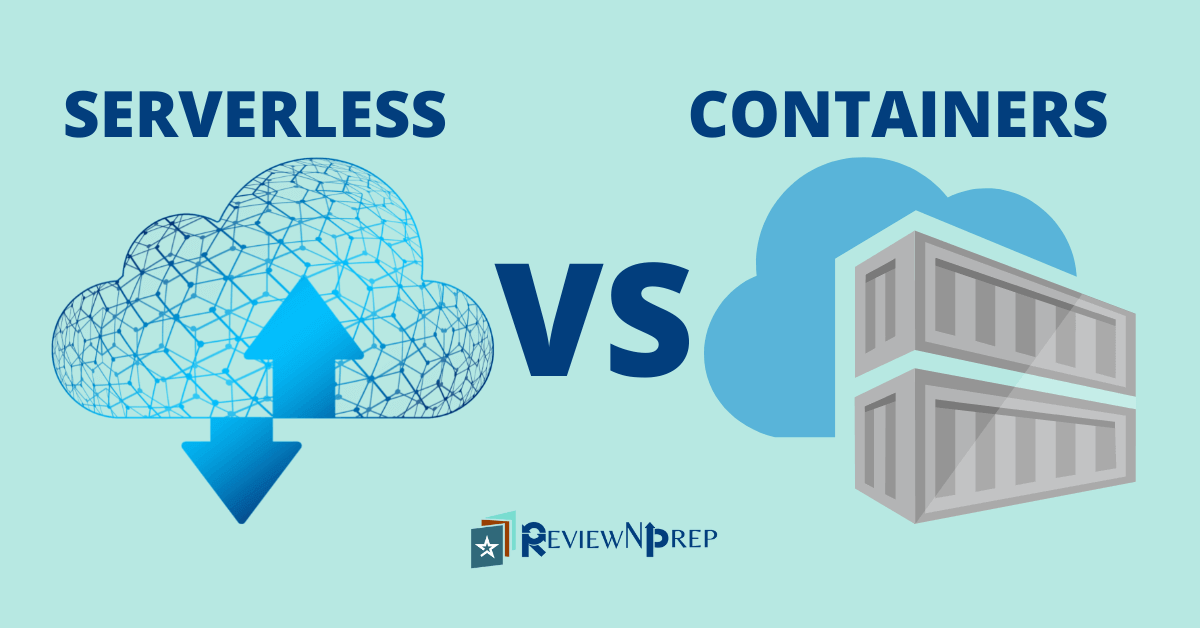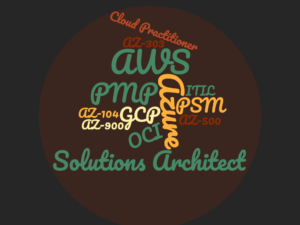|
|
In recent years, cloud-based services have become more popular than ever before. Besides Virtualization, the buzz words are Containers and Serverless. Cloud-based services allow users to access applications from anywhere at any time without having to worry about installing software or managing servers. These services include things like Google Drive, Dropbox, Amazon S3, and Salesforce.com.
When it comes to computing, there are two main options available to businesses: servers and containers. In this article, we’re going to compare and contrast these two technologies, and discuss when you should choose each one for your needs.
Table of Contents
Virtualization
The first thing that most people think of when they hear the word “server” is a computer with multiple hard drives or solid state disks (SSDs) on which programs run. This type of server is called a physical server because its hardware components are physically located in a data center somewhere.
The second thing that many people think of when they think of servers is virtualization. Virtualization allows companies to create an environment where multiple computers can share resources such as memory, storage, CPU cycles, and network bandwidth.
Virtualization has been around since the 1980s, but it wasn’t until the early 2000s that virtualization became mainstream. That was when VMware introduced their vSphere product. Since then, other vendors have entered the market, including Microsoft, Citrix, and Amazon Web Services (AWS). Today, nearly every company uses some form of virtualization technology.
Virtualization allows companies to create an environment were multiple computers can share resources like memory, storage, CPU, and networking. Today, nearly every company uses at least some form of virtualization.
Blog: Containers in DevOps and how it differs from Virtualization.
Containerization
Container technology is an advancement over virtualization to make optimal use of the underlying infrastructure. Containers work a bit like virtual machines (VMs), but they are much faster and easier to manage because they run inside their own isolated environment. This makes them great for applications that need high performance but don’t need the flexibility or scalability of serverless computing.
Containerized applications can be constructed using multiple container images. Also, containerized applications can run on any modern Linux server and certain versions of Windows.
Blog: Everything about Containers in DevOps and how it differs from Virtualization.
Serverless
Serverless computing is a newer option that emerged on the scene over the past few years. It relies on “serverless” services, which are run by software instead of hardware. This means that rather than having a single server constantly running your applications, you can instead rely on a cloud-based service that handles all the processing for you.
Building serverless applications means that you can focus on your core product instead of worrying about managing and operating servers or runtimes.
Serverless platforms are offered by all major cloud providers – Amazon Web Services (AWS) has Lambda, Microsoft Azure has Azure Functions and Google Cloud Platform (GCP) offers Cloud Functions. Almost all serverless providers have free tiers, which include a monthly fixed amount of requests and execution time.
Feature Comparison of Containers vs Serverless?
Below table has a comparison between Containers and Serverless
| Containers | Serverless | |
| Setup | Need extensive set-up but can be managed through Infrastructure as Code (IaC) | No up front messy setups needed. Only thing needed is code which can be written in multiple languages based on the cloud provider. |
| Deployment | Users can deploy apps quickly as containers carry the minimal runtime requirements. | Serverless functions deploy in milliseconds, so the application can go live as soon as the code is uploaded. |
| Management | Patching needed. | No patching needed. |
| Scaling | Horizontal Pod Autoscaling (HPA) and/or Cluster Autoscaling(CA) needs to be enabled. | Scales automatically. |
| Cost | Pay-as-you-go, although in most cases, containers are constantly running. | Pay-as-you-use – zero cost for idle time. |
| Run Duration | No limit. | Varies based on the cloud provider. Example AWS Lambda has maximum compute time of 15 minutes (900 seconds). |
| Security | Total responsibility of customer but can integrate with the cloud security solutions. | User can control what service/api can invoke serverless service using resource policies available from cloud provider. |
| Vendor Lock-In | Not a factor as Containers can run on any cloud environment including on-prem. | Highly dependent on the cloud platform that runs your code. |
How to Choose Between Containers vs Serverless?
Containerization is older than serverless computing by some margin, but it has seen a resurgence in popularity in recent years.
Below are some common advantages containers and serverless provides:
– Allow you to deploy application code consistently every time,
– DevOps teams do not need to consider what hardware the serverless functions or containers use,
– Save the overhead and complexity of VMs, abstract applications from the underlying host environments,
– Automate and scale workloads,
– Run multiple instances of an app simultaneously.
– Increased agility and reduced time to market
Let us look at some of the use cases for these technologies:
1. If you have a complex application that uses API’s, webservices, microservices, containers are a better option. Unlike Serverless, containers do not have a maximum run time and is ideal for long running batch loads.
2. You should choose containers and container orchestrators if you are moving your workload to cloud, as they are flexible, easily portable and works well in hybrid environment. Using serverless would need you to do new development if you want to move to cloud. However, serverless is an ideal candidate if you are in green-field environment and re-architecting your application.
3. Containers work for a predictable traffic pattern, can rapidly scale (for sudden spikes) without any concurrency limit constraints. Serverless architecture on the other hand works best for unpredictable traffic, and automatically scales in response to the demand.
4. Serverless can enable data processing from multiple sources using simple functions and can leverage the other native cloud services without an overhead of extra coding like containers.
5. Serverless is best suited for IoT, while you can run machine learning models that are CPU intensive using containers.
Conclusion
With the rapid advancement in both containerization and serverless technology, companies have started using both together as part of their application development. It is not uncommon to hear stories where architects and development teams are breaking down monolithic applications, and moving towards a hybrid model of using containers and serverless together. If you are looking for a hybrid of containers and serverless, AWS Fargate allows you to run containers in a serverless environment.
It is important to evaluate your application use case and come up with the right solution.
Further Reading: Containerization and all the related certifications explained.

